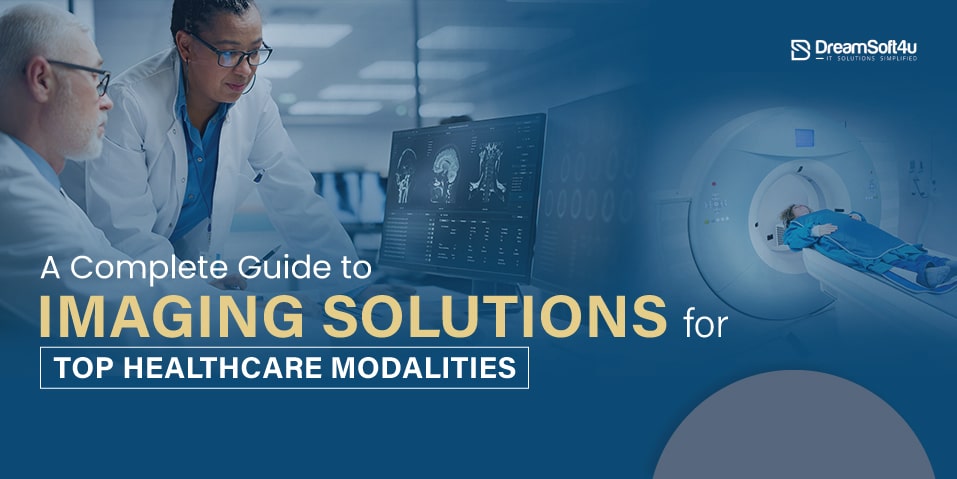The dynamics of healthcare involve numerous changes, for which technology helps to simplify procedures while enhancing the quality of healthcare. The chief innovation in healthcare Information technology is FHIR (Healthcare Interoperability Resources) and SMART on FHIR. These tools are aimed at modifying the way that information on healthcare is retrieved, disseminated, and utilized. However, FHIR integration build an infrastructure that allows Healthcare IT systems to interoperate by specifying parameters for a common exchange of electronic health information.
SMART on FHIR expands on this by letting developers design applications that are ready for adoption into various systems. These technologies aim to bring healthcare data closer to the usability level, further enabling doctors and nurses to make better decisions and offer better care to their patients. Let me provide you with more information about what FHIR is, why it became so important, and how SMART on FHIR changed healthcare.
Table of Contents
ToggleWhat is FHIR?
FHIR is a draft standard describing data formats and elements for exchanging Electronic Health Records. It is developed by HL7 (Health Level Seven) organization, a non-profit organization certified by American National Standards Institute. The system created a number of standards to structure the exchange of secured health information among healthcare specialists. Diagnostic data, clinical health data, and any administrative information form a part of it. It blends the prime feature of HL7 V2, HL7 V3, and CDA.
FHIR’s objective is to cut down on the complexity of operations without sacrificing the integrity of information. It originally began as a trial project, but when it is spotted by various EHR vendors, it hurriedly spread.
Read More: The Complete Guide of Telemedicine
Why FHIR in Healthcare is Required?
- It provides a platform for Restful architecture, which allows the uninterrupted exchange of data using documents and messages.
- It allows the free use of specifications without any restriction.
- It uses XML or JSON as a data communication format.
- Its focal point is on active and straight implementation of the FHIR interface.
- It provides open source FHIR server that anyone can use.
- One of the main uses of FHIR is that it allows healthcare providers to launch applications right from their EHR software.
- Through FHIR interoperability, it’s easier to transfer only necessary pieces of information.
What is SMART on FHIR?
FHIR, a standardized health data language, is transforming the healthcare app landscape by facilitating the development of “substitutable medical applications.” These applications seamlessly integrate with diverse health systems, promoting interoperability. SMART on FHIR is a framework built upon FHIR that streamlines the process. It enables the creation of modular and adaptable apps that enhance care delivery. This approach brings innovation and expands app choices for patients and providers. As an outcome, it accelerates advancements in healthcare technology.
Use Cases of FHIR And SMART on FHIR
1. Electronic Health Records (EHRs)
The direct readiness involves FHIR and SMART on FHIR to be utilized with the understanding that EHRs are among the primary use cases. FHIR also helps to reconcile the information between two systems so that the EHR system of another healthcare provider is consistent with a particular patient’s record. SMART on FHIR furthers this by permitting third-party applications to be interfaced into EHR systems, granting healthcare providers complex tools for the care of patients.
2. Telemedicine
Telemedicine is currently increasingly used because FHIR and SMART on FHIR are helpful tools for remote patient care. FHIR guarantees the patient’s information can be transferred and shared safely between care providers and telemedicine services. SMART on FHIR also provides a way of incorporating telemedicine applications into EHR and provides ways of virtual consultation and patient monitoring.
3. Clinical Decision Support
FHIR and SMART on FHIR play a major role in the creation of clinical decision-support systems. These systems relay information about the patient to healthcare practitioners by giving them recommendations and real-time alerts. SMART on FHIR makes clinical decision-support applications more effective when connected to EHR systems by improving the data’s quality and accuracy.
4. Population Health Management
Population health management is another approach that deals with the analysis of the data in an effort to understand the trends of some populations in regard to their health. In that sense, FHIR allows for modeling and reporting across sources, which contributes to understanding the health of the entire client population. SMART on FHIR enables building applications that are capable of working on the analysis and visualization of such data, which will help organizations and the public deploy interventions overall.
Read More: What is EPIC and EMR Integration Challenges
Key Features of SMART on FHIR
- App Ecosystem: SMART on FHIR develops connectivity of healthcare applications that can easily integrate with EHR systems without much effort. Through this network, therefore, new and innovative solutions are created to approach the many existing healthcare challenges.
- OAuth 2.0: OAuth 2.0 is used in SMART on FHIR. Security of login IDs and permissions: Patient data needs to be safe, and only a limited number of people should have access to it.
- FHIR Profiles: SMART on FHIR also Endorses extension variation and named FHIR profiles. It is a strong consideration since it means that healthcare apps can easily be created to meet certain needs.
- App Gallery: SMART on FHIR software has a form of provisioning for application listing where health workers may obtain various apps to enhance their practice and patient treatment plan.
Planning to integrate FHIR system in your healthcare app?
DreamSoft4u offers you best custom software integration.
Conclusion
SMART on FHIR and FHIR are new solutions in healthcare that contribute to beneficial advancements based on the principle of data sharing and modern application design. These technologies allow the different systems of patient care to interact with relative ease, meaning that there could be a massive change in the field of patient treatment, clinical decision-making, as well as identification of new opportunities in the provision of patient care. Therefore, the widespread use of FHIR application and SMART on FHIR is expected to revolutionize the healthcare delivery system with the advances in a connected and data-oriented world in the near future.
FAQs
Q1. What is FHIR and why is it important?
FHIR stands for Fast Healthcare Interoperability Resources. It is a standard for exchanging healthcare information electronically. FHIR is important because it allows different healthcare systems to communicate and share data easily, improving patient care and reducing errors.
Q2. How does SMART on FHIR enhance healthcare technology?
SMART on FHIR builds on the FHIR standard by enabling the creation of healthcare apps that can integrate seamlessly with electronic health record (EHR) systems. It helps healthcare providers use innovative tools to address specific challenges and improve patient care.
Q3. What role does OAuth 2.0 play in SMART on FHIR?
OAuth 2.0 is used in SMART on FHIR for secure authentication and authorization. It ensures that patient data is accessed and shared safely, protecting it from unauthorized access.
Q4. How can healthcare providers benefit from the App Gallery in SMART on FHIR?
The App Gallery in SMART on FHIR allows healthcare providers to discover and implement various applications that can enhance their workflows and improve patient care. It offers a range of tools and solutions that can be easily integrated into their existing systems.
Q5. What are FHIR profiles, and how do they help in healthcare applications?
FHIR profiles are customized versions of FHIR resources designed to meet specific needs. They allow healthcare applications to be tailored for different use cases, making them more flexible and specialized for various healthcare settings.












